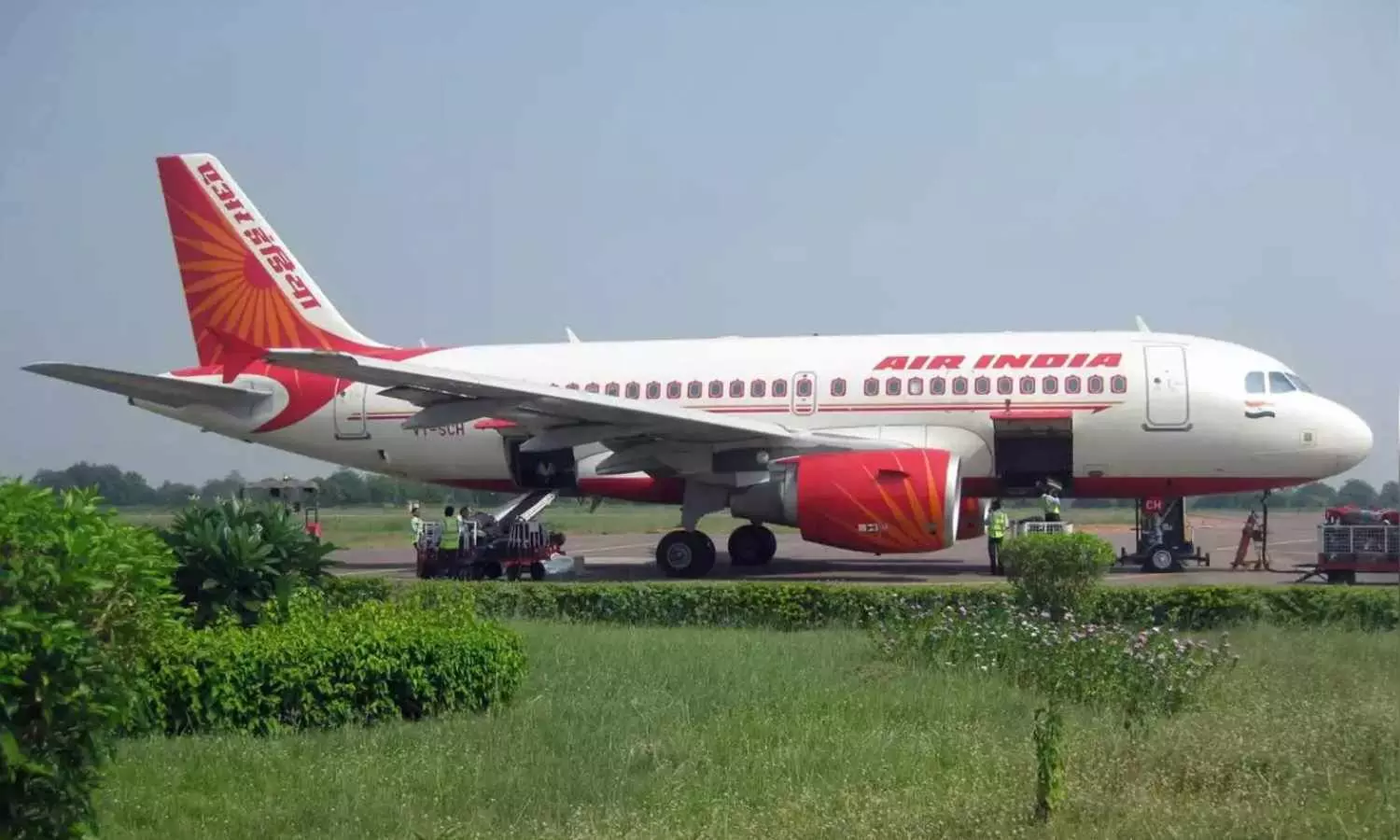Air India Dreamliner jolts India’s aviation sector
Air India Dreamliner incident shakes India’s aviation sector, triggering safety audits, flight cancellations, and stricter regulatory oversight across major airlines.
Air India Dreamliner jolts India’s aviation sector

India’s aviation ambitions are also being undermined by inadequate Maintenance, Repair, and Overhaul (MRO) infrastructure — especially for wide-body aircraft.
The Black Box—comprising the Digital Flight Data Recorder (DFDR) and Cockpit Voice Recorder (CVR) — of Air India flight 171 was recovered on June 13, a day after the crash.
The device has suffered extensive damage, and the Aircraft Accident Investigation Bureau (AAIB) lab at Udaan Bhawan, Delhi, will work on retrieving the information. The lab, billed as a ₹9-crore "state-of-the-art" facility, was inaugurated just two months ago. In the event that it fails to retrieve the data, the Black Box may be sent to the United States for decoding. .
While major players like Air India Engineering Services Limited (AIESL), GMR Aero Technic, and Tata Advanced Systems have a strong presence in the MRO space, most of their expertise is centered on narrow-body aircraft like the Airbus A320 and Boeing 737.
There is a serious shortage of facilities equipped to handle wide-body aircraft and the latest generation of engines. In addition, many existing MROs need major upgrades to meet international standards. Industry insiders also point to a lack of skilled engineers and high import duties on essential spare parts.
Indian carriers continue to rely heavily on foreign facilities for major repairs — delaying turnarounds and raising costs.
Airframe & Wing Parts: Firms like Aequs, Dynamatic Technologies, Gardner, and Mahindra Aerospace supply parts for the Airbus A320neo, A330neo, and A350 programs.
Cargo doors: Tata Advanced Systems manufactures cargo and bulk cargo doors for the A320neo.
Rear Fuselage: Dynamatic Technologies has tied up with Deutsche Aircraft to produce the rear fuselage for the D328eco regional turboprop.
Helicopter Fuselages: Tata (in partnership with Boeing) is making fuselages for Apache helicopters, while Mahindra Aerostructures is building those for Airbus’ H130.
Composite Parts: Boeing sources high-end composite parts from its Bengaluru facility to support its global supply chain.
India’s aircraft components market touched $16.22 billion in 2024, and is projected to nearly double by 2033, propelled by localisation drives, policy support, and growing global partnerships. Over $2 billion worth of components are exported annually to global giants like Airbus and Boeing—thanks to Indian MSMEs and aerospace start-ups.
The Dreamliner crash has jolted India’s aviation sector out of its comfort zone. As the country aims for the skies, it must further strengthen the ground it takes off from. India Moves Towards Defence Self-Reliance, Cuts Imports, Boosts Exports
Traditionally heavily reliant on foreign suppliers for defence equipment, India has significantly reduced its dependence on defence imports over the last 14 years, marking a major shift in its defence strategy and policy.
According to a report by Kotak Mutual Fund, India, which in 2010 was the largest importer of defence equipment, slipped to fourth place in 2024. In 2010, India accounted for 11 per cent of the world's total defence imports, making it the top importer globally. Pakistan, with 9 per cent, Australia, at 6 per cent, and South Korea, at 5 per cent, followed suit.
Countries like Saudi Arabia, the United States, Singapore, and China each had a 4 per cent share, while Algeria and Portugal accounted for 3 per cent each. The remaining 47 per cent was shared among other countries.
The report stated that this decline is the result of India's focus on indigenisation and strengthening domestic defence manufacturing. As per the 2024 data, Ukraine has become the world's largest importer of defence equipment accounting for 18 per cent of the global imports. This sharp rise has been attributed to to the ongoing Russia-Ukraine war, which has pushed Ukraine's demand for military equipment.
Poland has emerged as the second-largest importer, with a 5 per cent share of global imports, followed by the United States in third place, with a 4 per cent share. India now shares the fourth position along with Qatar, Saudi Arabia, South Korea, and Australia, each holding a 4 per cent share of global imports.
Other countries, like Japan and Pakistan, each account for 3 per cent of the global imports. The "Others" category, which includes all remaining nations, remained unchanged at 47 per cent in both 2010 and 2024.
This major change highlighted India's defence manufacturing progress and reduced dependency on foreign arms. The Kotak report also noted that the government's push for domestic defence production has helped reduce imports and improved defence exports.
India's defence exports have seen strong growth in recent years, registering a compound annual growth rate (CAGR) of 41 per cent since 2017. The exports have increased from Rs 15 billion in 2017 to Rs 236 billion in 2024.
India's defence sector is becoming more self-reliant, contributing to both national security and economic growth.

